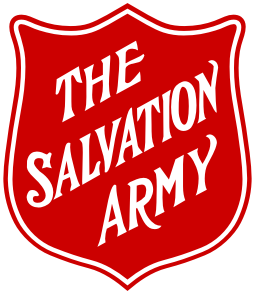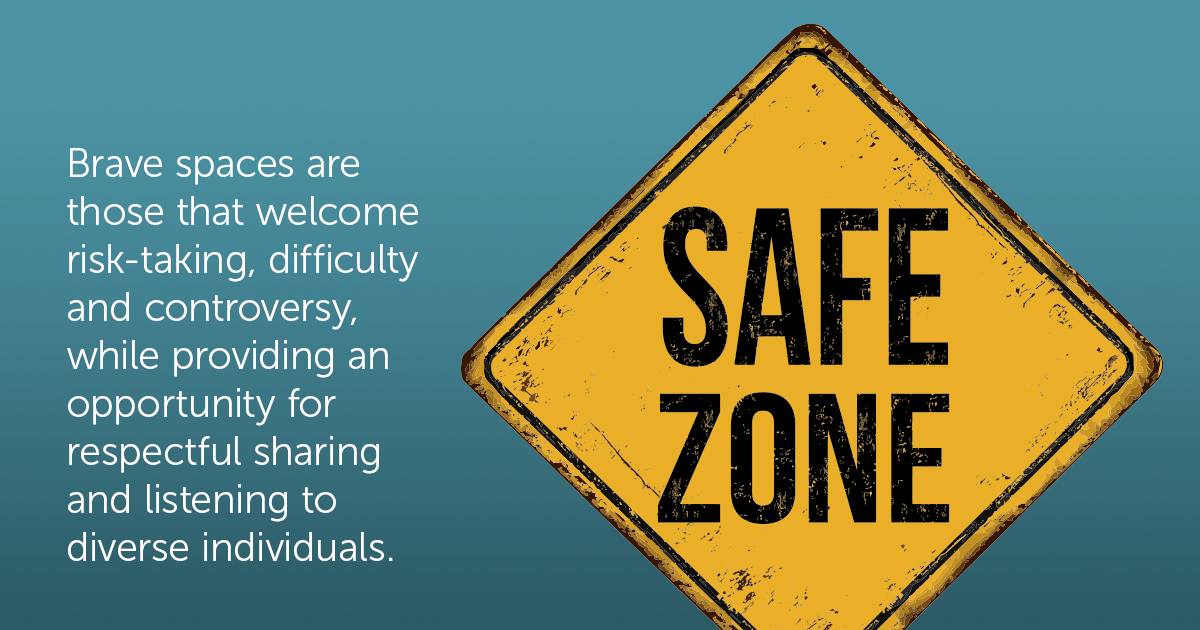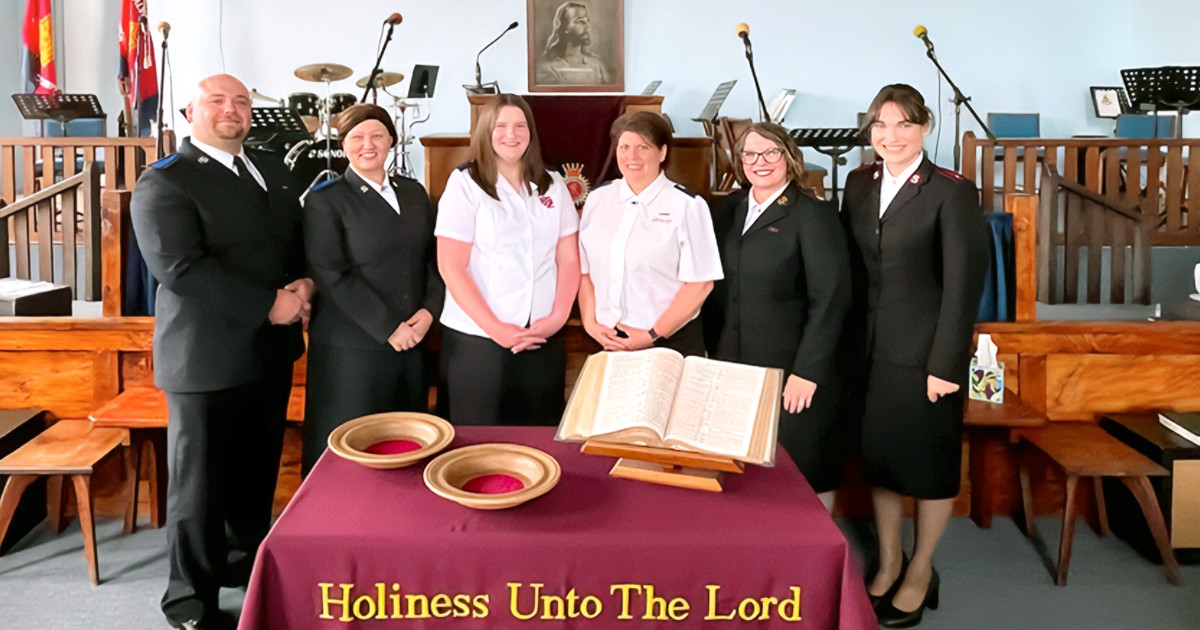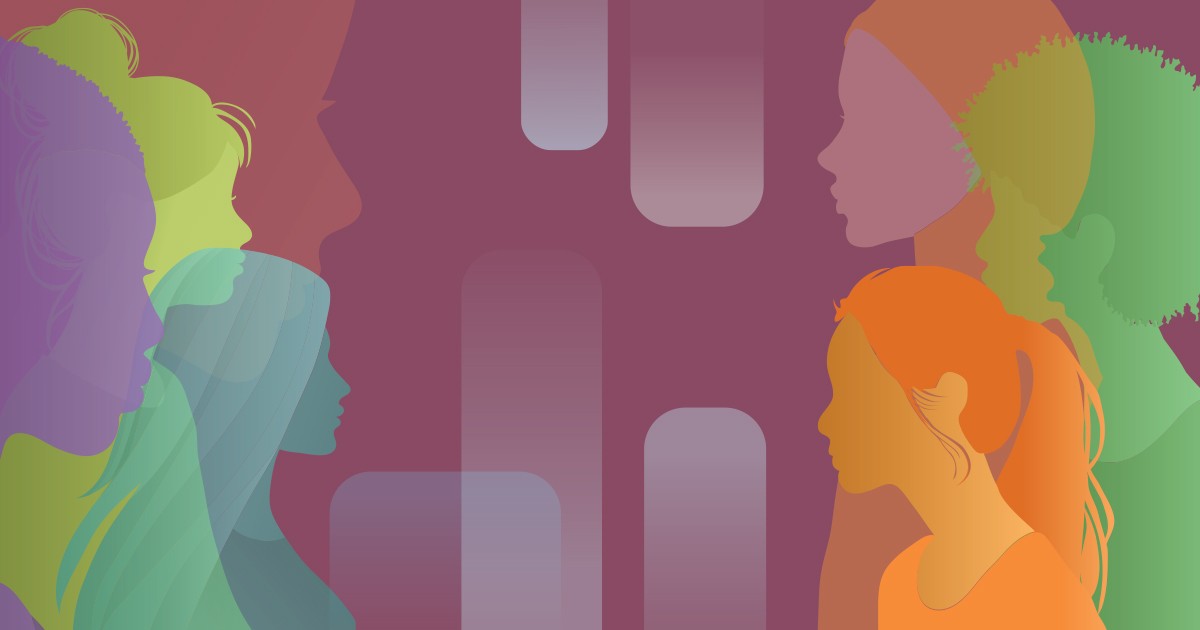It seems everywhere you look these days, people and places are self-identifying as a “safe space” where marginalized people can feel welcomed and accepted in an often-intolerant world. A term that can trace its origin to the women’s movement in the 1960s, a safe space is a label given to any setting where a person can feel confident that they won’t be judged, criticized or harassed, where they can be accepted fully as they are in a supportive, respectful environment.
And while this is a lovely concept, I wonder if such a space can truly exist, or whether we should even be imposing such labels on ourselves and others.
Now, before you label me a pessimist, let me explain.
No matter how universally accepting we want to be, the reality is that each of us has been born into a certain family, a certain socio-economic reality, a certain culture, in a certain location and at a certain time in history, and this all frames our worldview. We each see the world from a particular place, looking in a particular direction, and this causes us to perceive the world just a little bit differently than anyone else. And this unique view inherently comes with bias.
I would love to label myself a “safe space,” but I know, as a white, able-bodied, heterosexual, cisgender person, my blind spots are many and that eventually I will screw up and hurt somebody, regardless of how hospitable and well-meaning and progressive I seek to be. And while I’m putting in the hard work of reading diverse voices, listening to opposing opinions and learning about viewpoints different from my own, I know that unlearning that which makes me potentially damaging to others will be a lifelong endeavour. I can’t just declare myself safe and promise I won’t ever cause harm. Because the truth is I might unwittingly do just that.
As I wrestled with these thoughts, I happened upon an article entitled, “From Safe Spaces to Brave Spaces,” by Brian Arao and Kristi Clemens. Their article questions the degree to which “safety” is even an appropriate or reasonable expectation for any honest dialogue about social justice with diverse groups. Reasoning that safety brings with it the assumption of comfort, Arao and Clemens suggest “shifting away from the concept of safety and emphasizing the importance of bravery instead,” as they advocate for the creation of brave spaces to foster respectful but challenging dialogue.
Brave spaces are those that welcome risk-taking, difficulty and controversy, while providing an opportunity for respectful sharing and listening to diverse individuals. Everyone takes risks by participating fully and truthfully, though Arao and Clemens acknowledge that these risks may differ substantially from person to person. In such settings, there is a shared vulnerability and mutuality; one person does the work in listening without agenda, while the other opens themself and walks into the space created to share their story or opinion.
I think Jesus modelled brave spaces well during his earthly ministry. Jesus offered hospitality in a way that welcomed people different from himself. He dined with tax collectors and zealots, conversed with Samaritans and prostitutes and engaged with diverse people in a way that was both intimate and yet challenging. I don’t think anyone would call Jesus comfortable or safe as he challenged the religious, economic and moral norms of the day, and yet, by extending hospitality in the way he did, he set an example for all of us to make space for brave conversations.
I may not call myself safe, but I can be brave as I commit to owning my biases and learning from others. I know I will stumble along the way—I already have countless times—and I am thankful for the grace extended to me by those who have walked into brave spaces with me and who will continue to model bravery by speaking truth into my life.
Maybe, by choosing to share their story with me, they’re even considering me “safe.”
Captain Laura Van Schaick is the divisional secretary for women’s ministries in the Ontario Division.
Illustration: Balint Radu/stock.Adobe.com
This story is from:










I will say, I think there should be a bit of both! And people will learn and grow depending on what space fits right for them. Maybe safe spaces are needed first and then people can move into brave spaces once they feel secure in that relationship/community.
Thanks for the post.